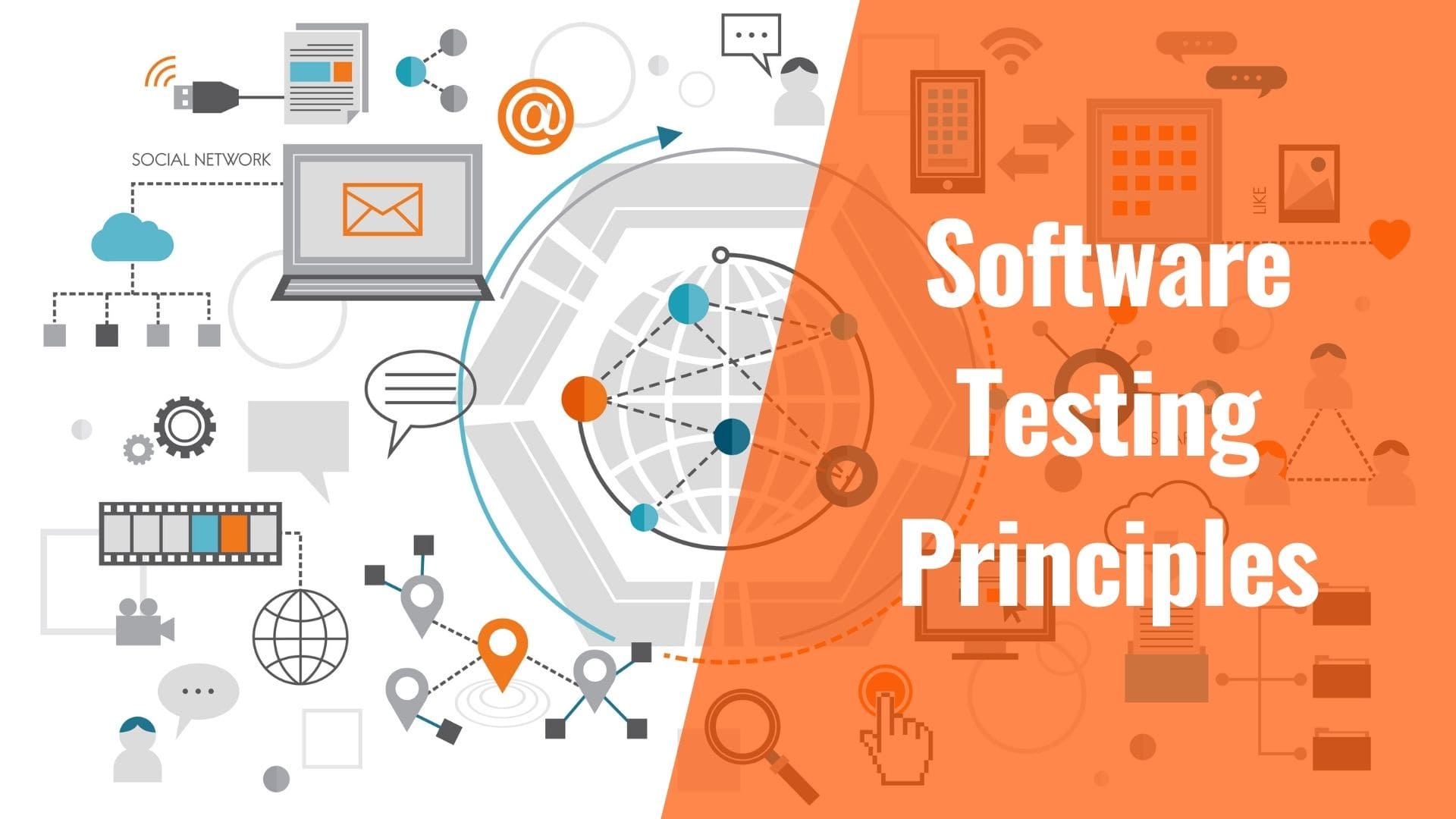
Principles of Software Testing: Software Testing Life Cycle
Over the last several decades, there has been a shift in the competency of software testing. Currently, testing does not include notifying the developer of any flaws found. It has a broad scope and is a phase that must be completed from the very beginning of a project’s development.
The testing life cycle of an application has become more process-oriented and diverse due to agile. Typically, the SDLC is the only thing an organization focuses its attention on. They also believe testing to be an essential element of the process. However, it is past time for businesses to recognize that software testing has its life cycle.
SDLC vs. STLC – Which is better?
SDLC is responsible for the whole life cycle of a product, from its conception to its completion as a finished product. Testing is one of the most critical parts of the software development life cycle (SDLC). Software testing is an essential component of the SDLC. Furthermore, this component has its life cycle, the STLC.
So, what is the difference between SDLC and STLC?
SDLC
- Concentrate on developing a product.
- A procedure that is the parent of another process
- Understanding customer requirements and creating a beneficial product are two critical aspects of product development.
- Before testing, all SDLC steps must be completed. The ultimate objective is to provide a high-quality product that consumers can rely on.
STLC
- Concentrate on putting a product through its paces.
- A subset of the SDLC methodology
- Understanding development needs and ensuring the product performs as planned are two essential tasks.
- The STLC stages begin once the SDLC phases have been finished.
- The ultimate aim is to uncover defects in the product and submit them to the development team to fix them.
What exactly is STLC?
It is a set of particular activities conducted throughout the testing process to guarantee that the software quality goals are accomplished. The verification and validation phases are also included in the STLC. Contrary to common assumptions, software testing is not a distinct activity from other aspects of software development. Several methodological tasks are performed to assist you in certifying your software application.
It is a high-quality approach that is closely related with and a component of the Software Development Life Cycle (STLC), which is a framework that is based on six fundamental principles:
Simply said, the SDLC is a cycle in which the activities taken at each step are mirrored in the actions taken at the following phases.
What is the purpose of the STLC?
We may infer that the STLC is a collection of measurements that contains several phases, such as planning, control, implementation, standardization, etc. Taking everything into consideration, we can conclude that the STLC is required not only to test the generated product but also for the following reasons:
- Remove its flaws within the earliest and most profitable stage of development
- Improve the overall quality and transparency of the development process
- Increase the amount of control over the quality of the product being created throughout the SDLC
- Influence the use of Agile, Scrum, SAFe, and other methodologies
Deliver a high-quality product not just to the client but also to the users
The role of STLC’s position in the SDLC
In addition to being closely tied to one another, as previously stated, the Software Testing Life Cycle and the Software Development Life Cycle both concurrently pursue distinct activities that are both parts of the same aim, namely,
In the same way that the SDLC collects requirements in the desired form and develops the stated functionality, in the same way, that requirements analysis, assistance to the client and development team, and confirmation of the quality of the expanded functionality are performed (as for the STLC).
Ultimately, the aim is to provide complete customer happiness while also getting the best possible score during the Verification and Validation rounds.
After moving in parallel for much of a project’s duration, the SDLC and STLC lines begin to converge fast throughout the software development phase, culminating in complete synchronization during the SDLC Test phase.
What are the STLC phases?
The STLC system is quite similar to the SDLC in that it contains numerous interrelated stages. The following are the stages in the order they occur:
1. Analysis of Requirements
During requirements analysis, you have the opportunity to remedy project faults nearly entirely at no cost. As part of the requirements analysis process, it is possible to estimate labor costs depending on the project’s estimated duration.
2. Planned Tests
A test strategy is developed at this point. Here, all stages of testing are laid out in detail, including the schedule of the tests and the number of participants, and their roles.
3. Development of Test Cases
Manual and automated testing is used to ensure that the software’s functionality is fully covered, with the procedure based on the predetermined criteria. Since human testing cases are presented in the form of cheat sheets, it is common to write the test cases for automated testing separately.
4. Setting up a test environment
The test strategy makes it obvious which testing environment should be utilized. Operating systems and virtual machines are set up, software testing tools such as Selenium and Katalon Studio are installed, and the project’s test environment and databases are created during this STLC phase. If we require assistance, we also contact DevOps and Administrators.
5. Execution of the tests
Tests may be carried out using pre-made test documentation and a properly set-up test environment. The Test Management System keeps track of every test outcome. When a test fails, the results are logged as errors and sent back to the development team for adjustment, further re-testing when the corrections have been implemented.
6. Closing the test cycle
In the last step of the STLC, the testing reports for the customer are generated. Time spent, the proportion of mistakes identified to positive test results, and the number of errors discovered and repaired should be included. It’s an excellent time to evaluate the testing department’s work, sum up the findings, analyze productivity, and offer recommendations for enhancing testing quality.
Conclusion
In software development, the fact that the closest point of convergence occurs during the “Test Execution” stage clearly demonstrates the significance of testing in the development process.
While we can see that some phases of the STLC and SDLC are very similar to each other, both in terms of their names and their meanings, we can also see that both of them are inextricably linked throughout the entire process of developing software-based products.





Comments
No comments yet.